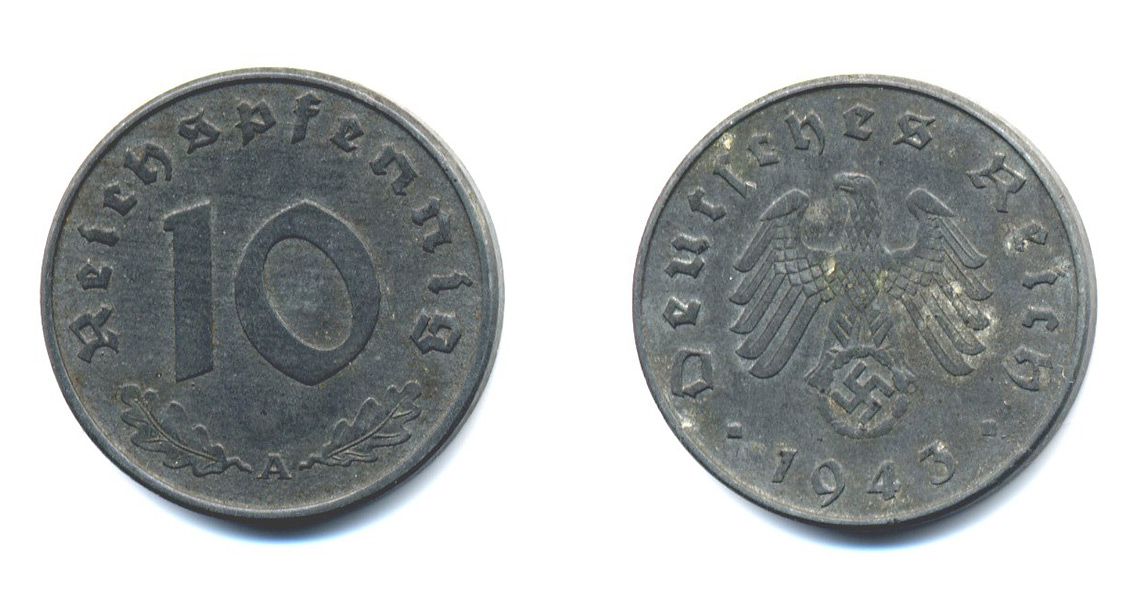<![CDATA[€45,000 worth of gold coins stamped with the symbols of the Third Reich, discovered by an amateur archaeologist in October of 2014, have gone on display in Lüneburg, Germany. Certified metal detector operator Florian Bautsch was combing through burial mounds in the town less than 35 miles from the city of Hamburg when he discovered the first of ten gold coins hidden amongst the grass and leaves. Excited by his find, Bautsch contacted archaeologists local to the area, precipitating a two-week excavation that yielded another 207 gold coins alongside the remains of a sign stamped with the imperial eagle, two imperial seals emblazoned with the swastika, and lettering which read “Reichsbank Berlin 244.” For stumbling across the historic find, Bautsch walked away with €2,500 – not much in the face of €45,000 in material worth of the hoard of Nazi gold. However, the amateur archaeologist said he was gratified that he had played a pivotal role in the discovery of such an important historical find. In fact, discoveries made in Germany in the past have almost all been at the hands of unsanctioned metal detector operators without the training to preserve the archaeological context. Henning Haßmann, an archaeologist from the state of Lower Saxony where Lüneburg is located, said that it was incredibly lucky that a certified and well-educated individual such as Bautsch was the one who had found the treasure trove. It was especially important because the discovery was easily traced back to the immediate aftermath of the Second World War, with the coins originally buried in a pair of pouches around three feet beneath the ground at the foot of a tree. The pouches had long since deteriorated, leaving behind only the seals, and when the tree uprooted sometime later the coins were scattered around the area. According to researchers who examined the seals and other paraphernalia emblazoned with Nazi iconography, the coins were most likely packaged together anywhere between 5 years before or after the end of the war in 1945. The coins themselves bore the stamps of several European countries, with most of them being minted in the latter half of the nineteenth century well before the rise of the National Socialist movement. Researchers say that the gold coins had been likely stolen as a collection and then held in the possession of the Nazi Party’s central Reichsbank. Known as raubgold, or “stolen gold” in German, this coin collection and others like it were often seized by Nazi military personnel during the Third Reich’s rise to power as part of the regime’s displacement and disposal of members of the population that were considered problematic or impure when viewed through the lens of the theory of Aryan supremacy. Those targeted by the Nazis included Eastern European and German Jews, Romani gypsies, communists, Christian Poles, those with mental and physical disabilities, and those suspected of engaging in homosexual behavior. ]]>
Hoard of Nazi Gold Discovered by Amateur Archaeologist
